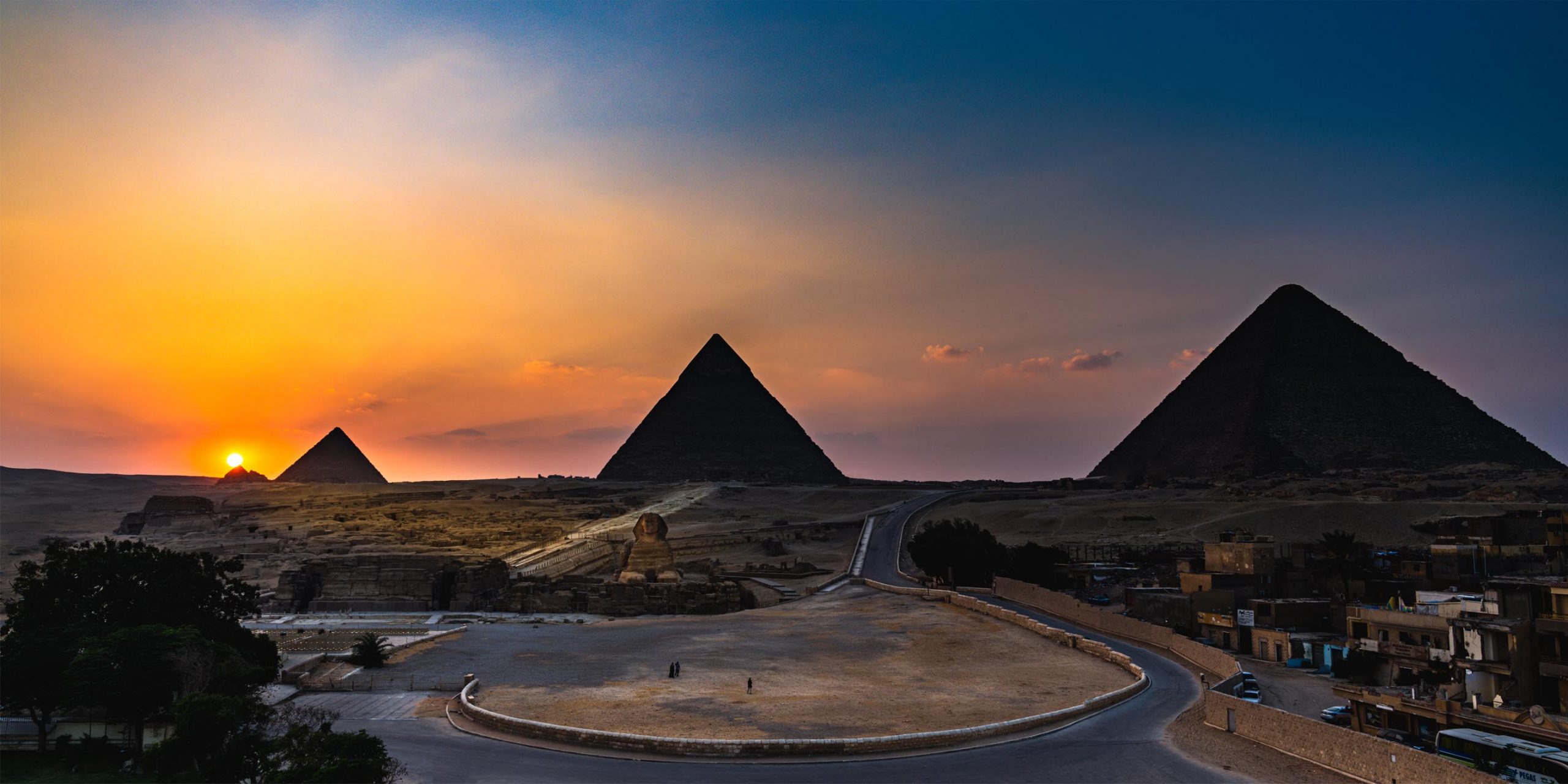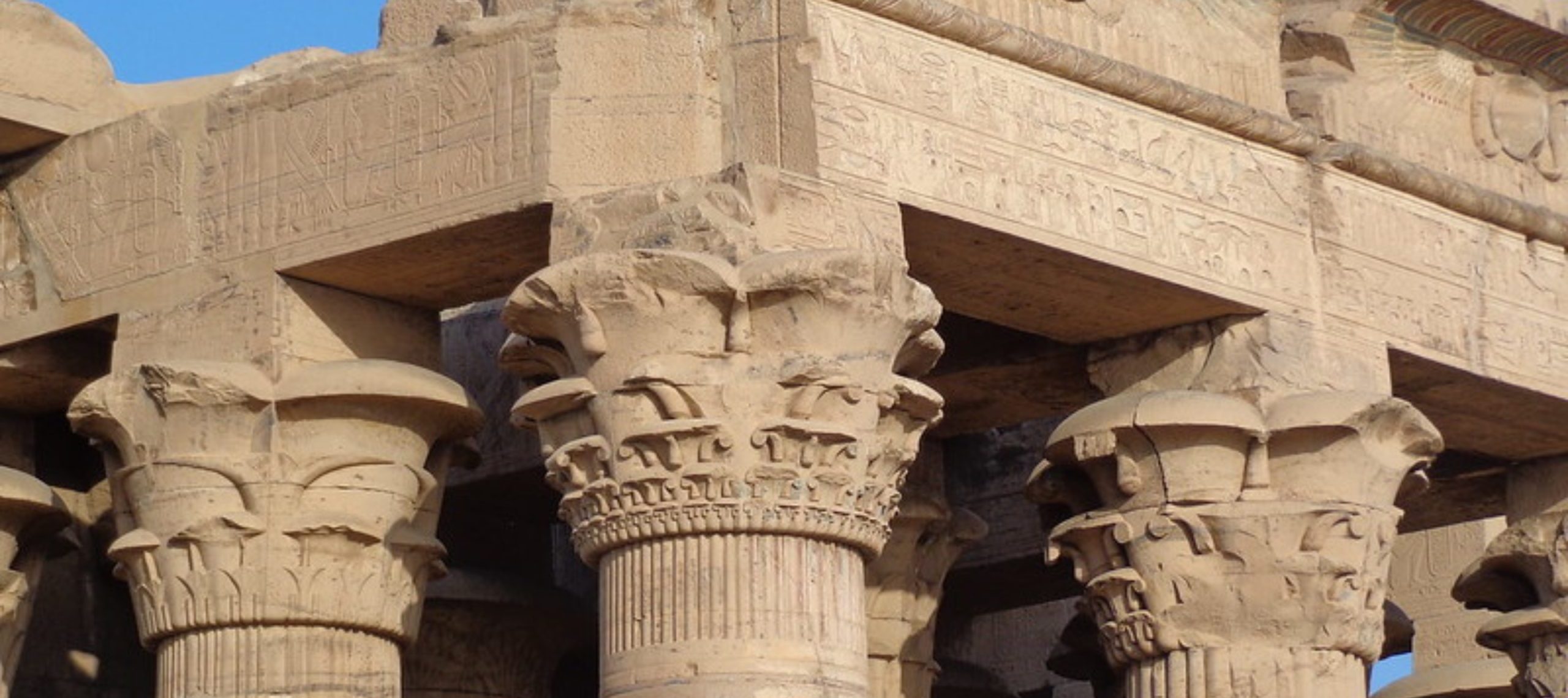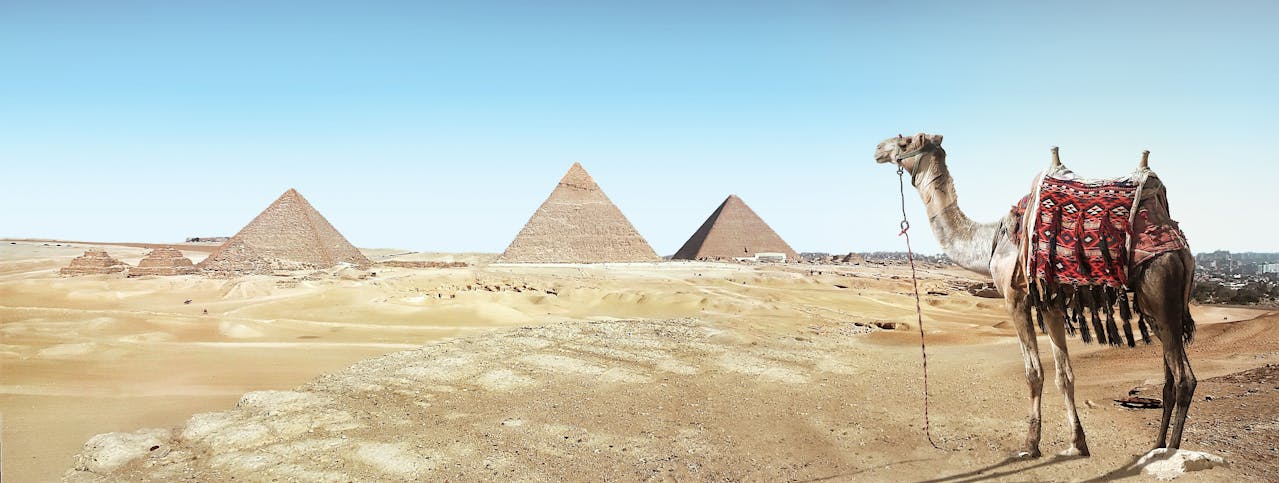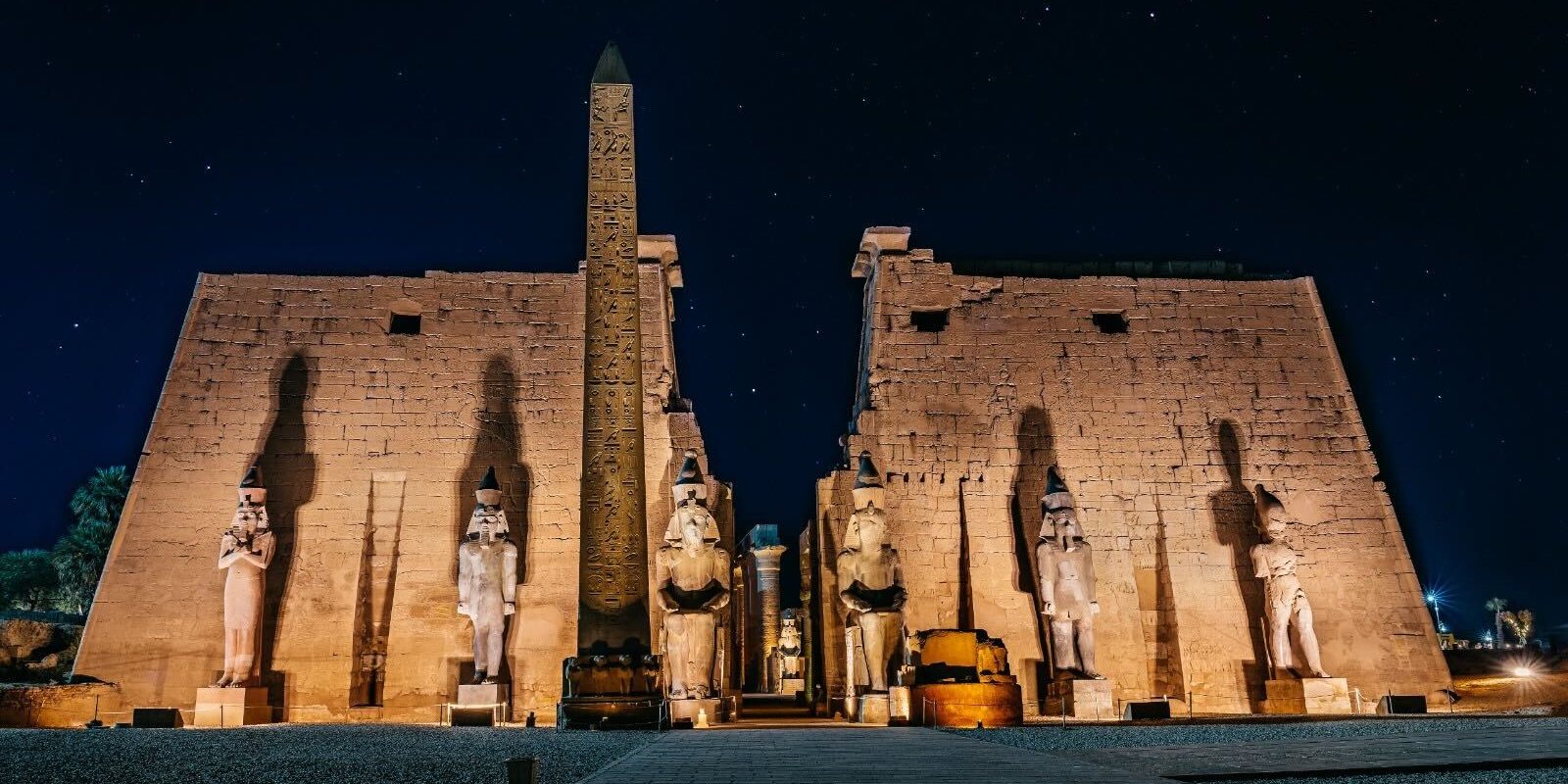Introduction
Egypt is home to some of the world’s most magnificent temples and monuments, showcasing the architectural brilliance and deep spiritual beliefs of an ancient civilization. These structures are not only architectural marvels but also offer a glimpse into the rich cultural and religious history of ancient Egypt. In this article, we’ll explore 20 of the most famous Egyptian temples and monuments, highlighting their historical significance and architectural grandeur.

Temples of Ancient Egypt
The Great Temple of Karnak
The Karnak Temple complex in Luxor is one of Egypt’s largest and most impressive temple sites. Dedicated to the Theban triad of Amun, Mut, and Khonsu, it features towering columns, massive statues, and intricate hieroglyphs that tell stories of ancient rituals and kings.
Luxor Temple
Located on the east bank of the Nile, Luxor Temple is a grand structure dedicated to the rejuvenation of kingship. Built by Amenhotep III and expanded by Ramses II, this temple is a stunning example of ancient Egyptian architecture.
Temple of Hatshepsut
This mortuary temple, situated in Deir el-Bahri, is dedicated to Queen Hatshepsut, one of Egypt’s few female pharaohs. The temple is known for its unique design, featuring terraces that blend seamlessly into the cliffs behind it.
Temple of Edfu
The Temple of Edfu, dedicated to the falcon god Horus, is one of the best-preserved temples in Egypt. Its massive pylons, beautiful reliefs, and detailed inscriptions provide valuable insights into the religious practices of ancient Egyptians.
Temple of Philae
Originally located on Philae Island, this temple complex dedicated to the goddess Isis was moved to Agilkia Island to save it from flooding caused by the Aswan High Dam. The temple is renowned for its beautiful carvings and tranquil setting.

Temple of Kom Ombo
This unique temple, dedicated to both Sobek and Horus, stands on a high dune overlooking the Nile. The symmetrical design and fascinating reliefs, including depictions of ancient medical instruments, make it a remarkable site to visit.
Temple of Abydos
The Temple of Seti I in Abydos is a significant religious site dedicated to Osiris. It is known for its well-preserved reliefs and the Abydos King List, which provides a chronological record of ancient Egyptian kings.
Temple of Dendera
Dedicated to Hathor, the goddess of love and beauty, the Temple of Dendera is famous for its magnificent ceiling carvings, including a well-preserved depiction of the zodiac.
Medinet Habu
The Mortuary Temple of Ramses III at Medinet Habu is a vast complex that showcases the pharaoh’s military exploits. Its massive walls and detailed reliefs provide a vivid picture of life and warfare in ancient Egypt.
Temple of Esna
Located in the center of the town of Esna, this temple is dedicated to the god Khnum. The hypostyle hall is particularly notable for its well-preserved columns and intricate carvings that depict various deities and rituals.
Monuments of Ancient Egypt

The Great Pyramid of Giza
Built for Pharaoh Khufu, the Great Pyramid is the largest of the pyramids at Giza and one of the Seven Wonders of the Ancient World. Its precise construction and massive scale continue to inspire awe and wonder.
The Sphinx of Giza
The Great Sphinx, with the body of a lion and the head of a pharaoh, guards the Giza Plateau. It is one of the most iconic symbols of ancient Egypt, representing strength and wisdom.
The Step Pyramid of Djoser
Designed by the architect Imhotep, the Step Pyramid at Saqqara is the earliest colossal stone building in Egypt. It marks a significant development in the evolution of pyramid construction and remains a testament to Imhotep’s ingenuity.
Abu Simbel Temples
The Abu Simbel temples, built by Ramses II, are among the most awe-inspiring monuments in Egypt. These rock-cut temples were relocated to avoid flooding from the Aswan High Dam and feature colossal statues and intricate carvings.
Colossi of Memnon
These two massive stone statues of Pharaoh Amenhotep III stand at the entrance of his mortuary temple. They have withstood the test of time and remain an impressive sight, attracting visitors from around the world.
Valley of the Kings
The Valley of the Kings is a burial ground for pharaohs and powerful nobles of the New Kingdom. It is home to the tomb of Tutankhamun and many other elaborately decorated royal tombs that provide insight into ancient Egyptian funerary practices.
The Bent Pyramid
Located at Dahshur, the Bent Pyramid is an unusual structure with a bent appearance, marking a transition in pyramid construction techniques. Its unique shape offers a glimpse into the experimental phase of pyramid building.
The Red Pyramid
Also at Dahshur, the Red Pyramid is named for the reddish hue of its stones. It is considered the first successful attempt at constructing a true smooth-sided pyramid and marks a significant milestone in architectural history.
The Mastaba of Ti
The Mastaba of Ti, located at Saqqara, is a well-preserved tomb from the Old Kingdom. It features intricate reliefs depicting scenes from daily life and the afterlife, providing valuable insights into ancient Egyptian society.
The Obelisk of Hatshepsut
Located at Karnak, this obelisk is one of the tallest in Egypt and is dedicated to Queen Hatshepsut. It symbolizes her reign and divine power, standing as a testament to her legacy.
Conclusion:
The temples and monuments of ancient Egypt are a testament to the civilization’s architectural prowess and religious devotion. These structures continue to captivate the imagination of people around the world, offering a glimpse into the grandeur of ancient Egyptian society. For those interested in learning more, numerous books, documentaries, and online resources delve deeper into the history and significance of Egypt’s temples and monuments.






